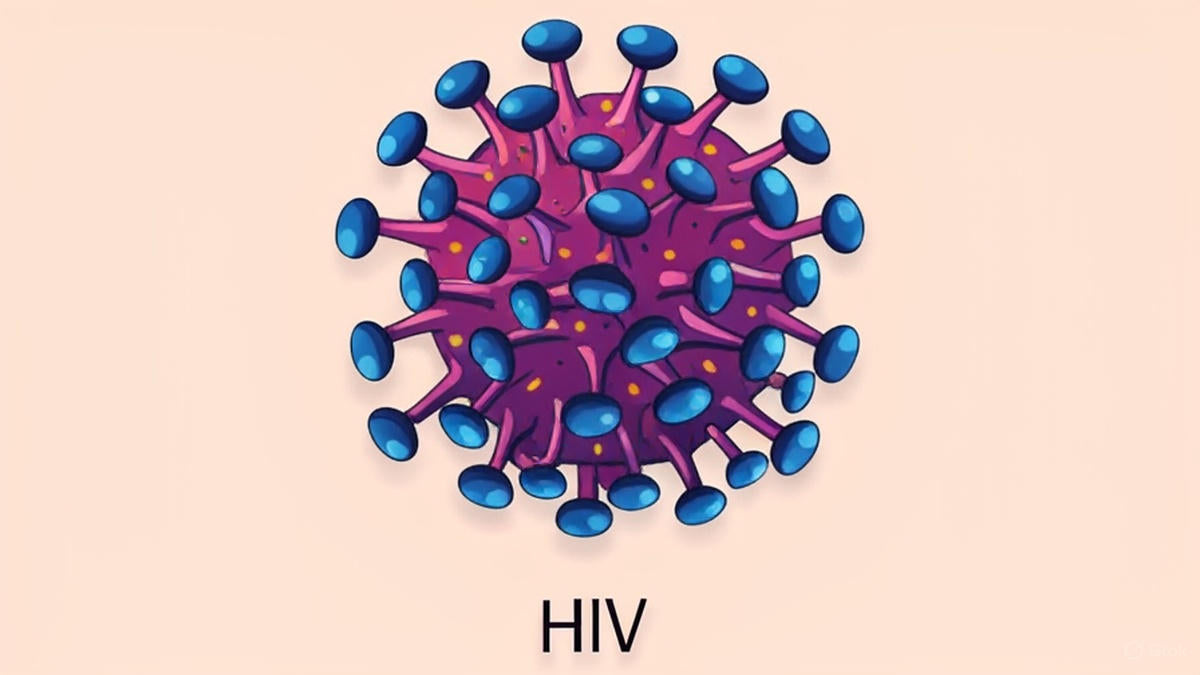CRISPR and the Promise of Ending HIV Permanently
Introduction
On October 3, 2025, a tweet by @Rainmaker1973 captured global attention with a striking image and a bold claim: a new CRISPR therapy could permanently remove HIV DNA from infected human cells, potentially stopping the virus from returning. This announcement has sparked widespread discussion, optimism, and cautious skepticism across the scientific and medical communities.
The end of HIV infections may be closer than we think.
— Massimo (@Rainmaker1973) October 3, 2025
Scientists cut HIV out of immune cells using CRISPR.
And the cells stayed HIV-free even after re-exposure. A cure could finally be within reach.
In a groundbreaking advance, scientists at Temple University have… pic.twitter.com/PpzwdyfQpb
What is CRISPR and How Does It Work?
CRISPR/Cas9 is a revolutionary gene-editing technology that allows precise modification of DNA sequences. By using a guide RNA to target specific viral DNA, the Cas9 enzyme can cut out and remove the HIV genome from infected human cells. This method differs from antiretroviral therapy (ART), which suppresses HIV but does not eliminate it from the body.
Image Analysis of the Viral Tweet
The tweet included a visually enhanced microscopic image showing:
- A spherical cell or virus with textured outer surfaces and protrusions representing viral particles.
- An inner blue-green structure, symbolizing DNA being edited or removed.
- Red connectors, depicting interaction between viral DNA and host cells.
- A bold overlay text:
- “CRISPR ENDS HIV PERMANENTLY”
- “New CRISPR therapy removes HIV DNA from infected human cells and stops the virus from returning”
Related Scientific Context
- Researchers, including teams from Temple University, have successfully used CRISPR to remove HIV-1 DNA from human T-cells in lab studies.
- Edited cells have shown resistance to re-infection, a major milestone.
- However, HIV latent reservoirs in the body remain a significant challenge, as dormant viruses can evade therapy.
- Off-target effects and safe delivery methods for CRISPR are also major hurdles before clinical application.
Public Reactions and Discussions
- Optimism: Some users celebrated the potential to cure multiple diseases using CRISPR.
- Caution: Experts warned that removing HIV DNA from all infected cells in humans is far more complex than lab results suggest.
- Mixed Opinions: While some predict a revolutionary cure, others urge careful scrutiny before labeling HIV as “permanently” curable.
Future Implications of CRISPR HIV Therapy
- Potential Cure: Could transform HIV from a chronic condition to a curable disease.
- Global Health Impact: Millions could benefit if therapy becomes safe, effective, and accessible.
- Ethical Considerations: Gene-editing therapies require strict regulation to avoid misuse.
- Clinical Trials: Human trials will be crucial to validate lab findings and determine safety.
FAQs
- Q1: Can CRISPR completely cure HIV today?
- A: No, CRISPR shows promise in lab studies but has not yet been tested in widespread human clinical trials.
- Q2: How does CRISPR differ from existing HIV treatments?
- A: Unlike antiretroviral therapy, which suppresses HIV, CRISPR aims to remove HIV DNA from infected cells.
- Q3: Are there risks with CRISPR therapy?
- A: Yes, risks include off-target genetic changes and challenges in delivering the therapy to all infected cells.
- Q4: When might CRISPR-based HIV therapy be available?
- A: Large-scale clinical trials are still needed; widespread availability may take several years.
- Q5: Is the tweet claim scientifically verified?
- A: The claim highlights promising research but may oversimplify the current experimental stage of CRISPR therapy.
Conclusion
The tweet by @Rainmaker1973 offers a glimpse into the future of medical science, showing how CRISPR technology could one day eliminate HIV at its source. While laboratory successes are promising, the journey from test tube to human therapy involves complex challenges: viral latency, delivery mechanisms, and safety considerations. Ultimately, this development reminds us of the incredible potential of gene editing while emphasizing the need for rigorous scientific validation. Humanity may be approaching a new era in which diseases like HIV are not just managed—but potentially cured.


0 comments